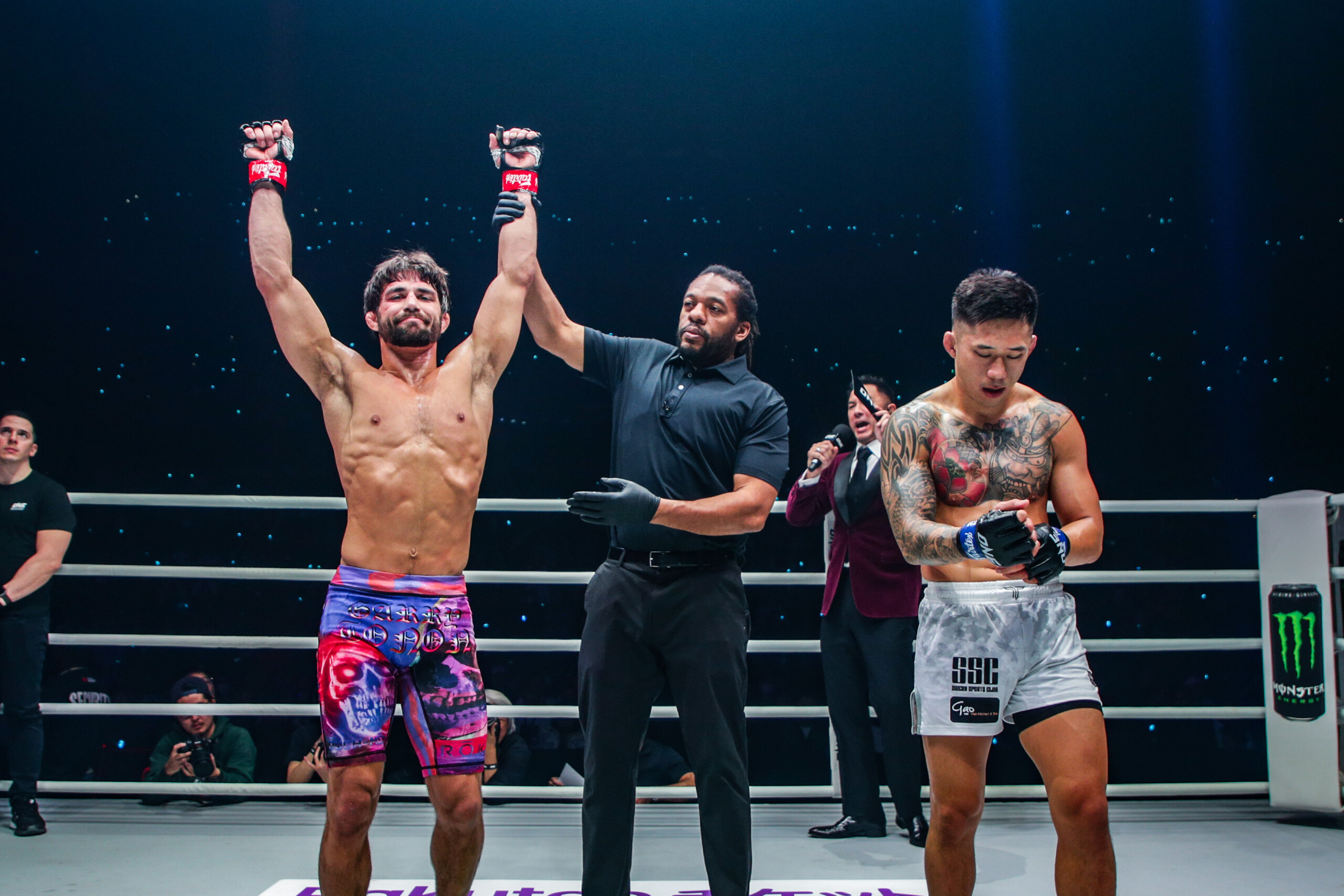Shinya Aoki’s ONE 101: A Diverse Sport Brings Diverse Training Methods

Due to the restrictions imposed to contain the COVID-19 outbreak and ONE Championship not being able to hold events, the training for many athletes has been affected.
The world is suffering from anxiety and many people are living under stress. I hope this situation will settle down as soon as possible.
Just as the fans miss watching bouts, martial arts athletes are also frustrated by not being able to train or fight.
It’s not anyone’s fault and we just need to wait till the time comes to return, but I still feel stressed because we cannot train as usual. However, I want to move forward positively with a strong mind.
In Japan, the government is calling for people to exercise self-restraint, not a complete lockdown, so I practice in a small group of professional athletes, but the number of participants is fewer than usual. There are some limitations, but I keep training by getting creative, like practicing in a group of three or four and working with a personal trainer.
I think this is because of the characteristics of Japanese people and my own personality. We have gotten used to thinking about how to survive with fewer resources, so we have the attitude to try our best no matter what the situation is. I think this attitude is integrated with us at the genetic level and through our education. We Japanese are hard workers and have a lot of patience.
Aside from the topic of how we can keep training under the current situation, I would like to discuss how we usually practice.
Mixed martial artists have diverse training methods. On the other hand, when I used to compete in judo, there was an established, specific one. Therefore, I think it is very interesting that there is no definitive training method for mixed martial arts. I believe this is because of the characteristics of the sport, which involves various techniques and athletes in diverse styles.
The training methods of forwards and goalkeepers in soccer, or pitchers and catchers in baseball are different, even though the athletes play the same sports. The same applies to mixed martial artists. Depending on whether they are strikers or grapplers, their training methods be different, and also segmentalized inside of those two categories.
Therefore, I don’t think there is a definitively correct way of training, and individual athletes need to think and make their own training routines that fit them best.
In my case, I don’t train at a specific gym. I train at multiple locations where other athletes gather and I can learn new skills. I build my training menu like university students pick courses to make their curriculums, instead of learning from a specific coach at a specific gym.
It might be easy to understand if you imagine a martial artist as a nomad worker.
Since I am not learning from a specific coach, I need to control my training, and I think about the amount and the theme of the training daily.
It is actually relatively well-known in Japan that I keep a training diary on a small notepad every day. I keep this to track my training.
The amount I practice now is half of what it was 10 years ago if I compare simply just using numbers.
When I was training at the highest volume, I used to do one-and-a-half to two-hour sessions, three times a day. But now I do one session per day, or two if possible.
My record number of grappling sparring rounds was 25 in a day, but now I do six to eight. I employ this way as a result of trial and error, considering my age and condition.
Also, Japanese athletes often visit other gyms to acquire the skills that they cannot learn at their own gyms and to practice with high-level training partners.
The best advantage of visiting other gyms is that we can train with partners with various styles. Some athletes prefer to train away from their home gyms right before bouts. I think this is because they want to experience the tension that is closer to a real match with unfamiliar training partners.
Depending on the athlete, some change the way they train before their matches. I try to do the same training if I have a bout scheduled or not. It is because of my age and experience, but I also prefer to stick to doing the same stuff, so I don’t change my training routine that much.
Some people would say I am earnest by seeing this way of training, but I am not. I just like martial arts and exercise.
Many athletes I know differentiate regular training from training camps for a match. This is an accepted theory like a textbook, but I think it is okay for the athletes to do different things as long as they think about and understand what is necessary for them.
So when you check out the training information of the athletes from their social media, keep in mind the idea that in mixed martial arts, the training routines are different depending on the athlete. This could make a difference when you watch bouts, and you may enjoy it even more.
I would like to close this column by expressing my wish to compete in front of you all again soon.
The mixed martial arts superstar writes a monthly column titled “Shinya Aoki’s ONE 101,” where he breaks down the reasons why you must watch ONE Championship through the insightful perspective of an athlete. All opinions are his own.














